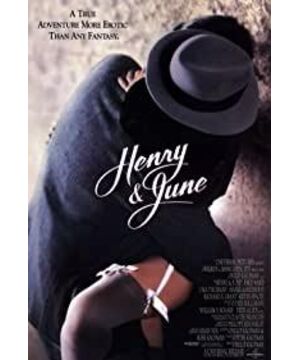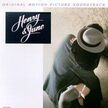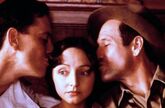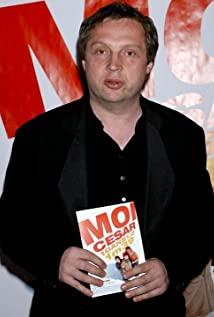In 1931, in Paris, France, the figure of a petite woman entered history. Although her back is a little thin compared to the masters of her time, as a pioneer of female sexual liberation, her name and works are still the most moving chapters of that era. One - she was the mistress of Henry Miller, the author of Tropic of Cancer, and the memorable Anais Ning in the novel Henry and Jean.
Between 1931 and 1932, Anais Nin settled in Paris with her banker husband Hugo. She indulged in the world of art, devoted herself to writing and commenting, and revealed her sexual fantasies in her diary. . The presence of famous writer Henry Miller and his wife Joan ignited a fire both in her body and in her body. On the one hand, Anais Ning had an extramarital affair with Henry, and on the other hand, she and Hugo remained husband and wife. She first fell in love with Henry, and then fell in love with Joan...
In this complicated relationship, the unfaithful Ana Yisi Ning is between her husband and her lover, but debauchery did not make her image evil, on the contrary, "pure" is the most used word for her. Her innocent face hides a greedy desire for sex. The first time she met Henry, she was attracted by this unruly and down-to-earth writer. She did everything possible to please him, lent him a bicycle, gave him a typewriter, and Ghetto's tryst with Henry. Of course, she is not specific to Henry. She not only maintains a relationship with her husband at the same time, but also has a same-sex love with Henry's wife, Joan. Anais Ning is like a willful child, fully experiencing the physical adventure brought by her. her joy. When Joan found out about Anais Ning's relationship with Henry, the dancer who would pay any price for Henry ran away in despair: Henry took advantage of her, Anais Ning deceived her, Anais Ning deceived her Also in disillusionment returned to her husband.
"No matter what kind of love I can't resist, my blood begins to dance and my legs spread." At the beginning, Anais Ning obeyed the call of her body, but at the end, she wrote: "This morning I cried because I loved the street that got me out of Henry...I cried because it was so painful to be a woman." Anais Nin takes a female writer's in-depth experience of various sexual adventures for erotic fiction into a narrative grand poem, meticulous without being obscene.
In 1990, director Philip Kaufman put "Henry and Joan" on the screen, which became the first NC-17 film in film history because of too many erotic scenes. Kaufman delicately presents Anais Nin's bewildering inner world, revealing the exciting physical adventures of a woman in the 1930s, so corrupt and so pure.
View more about Henry & June reviews











